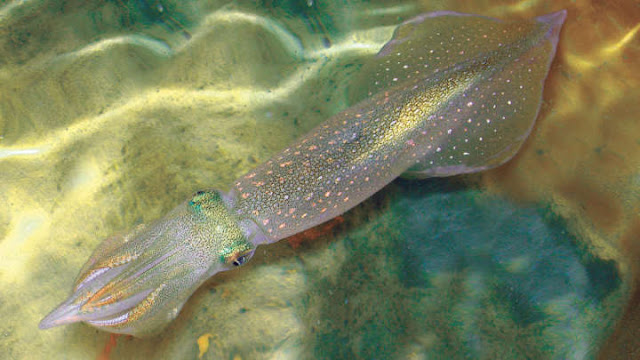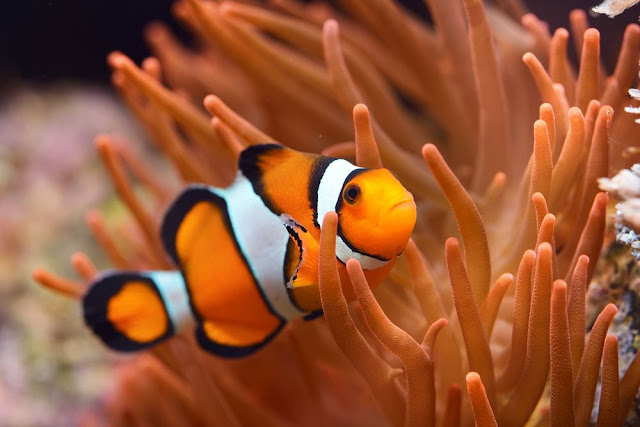Squid That Can Edit Their Genetic Information
New research has revealed that the squids can edit their genetic information not only within a neuron but also outside the axon. Digging deep, scientists from Tel Aviv University and the University of Colorado at Denver collaborated with MBL scientists to study RNA editing.
In general, genetic information passes from DNA to RNA before synthesizing into proteins. A common set of biochemical processes, collectively known as RNA editing, can alter the information as it passes through the RNA. Mammals have two functional ADAR enzymes, known as ADAR 1 and ADAR 2, the message recorder. RNA editing is cataloged by these ADAR enzymes which is vital for the nervous system functioning.
Until now, we thought that all the editing will be performed in the nucleus and the altered RNA messenger is sent. But the squid can also alter the information out of the cell, which specifies that they can modify the protein function to meet the demands of the cell.
Rosenthal and colleagues have previously shown that octopus and cuttlefish also rely on RNA editing they produce in the nervous system. Together, with squid, they can decode up to two-thirds of the neuron messages.
Several biotech companies have started to use RNA editing systems to develop treatments for genetic diseases such as muscular dystrophy and remedies for acute pain.
Several biotech companies have started to use RNA editing systems to develop treatments for genetic diseases such as muscular dystrophy and remedies for acute pain.





Comments